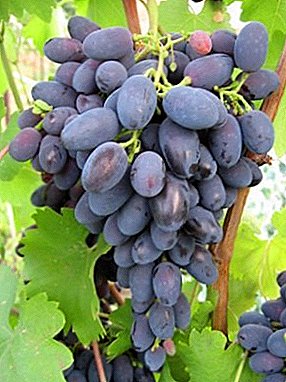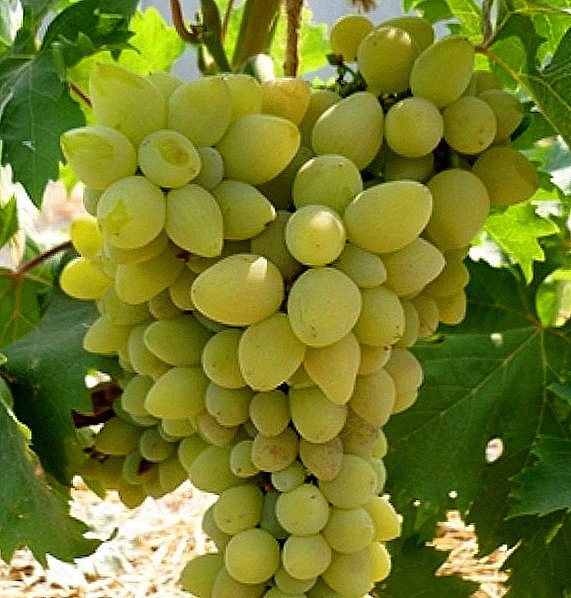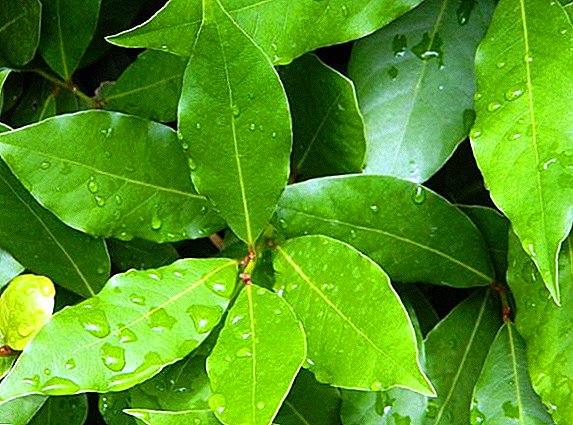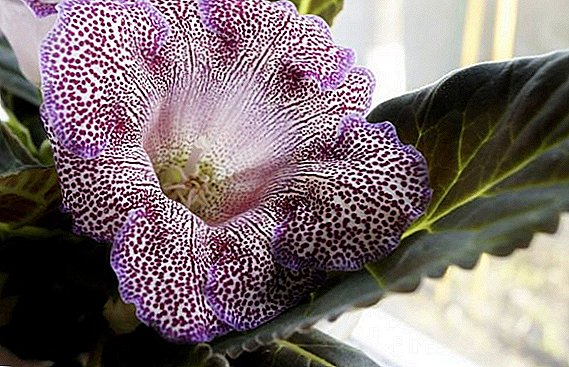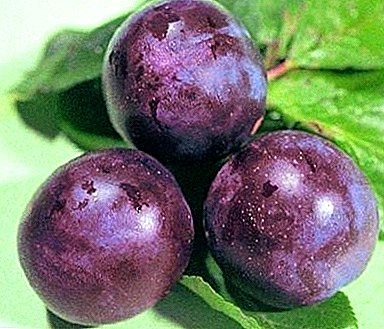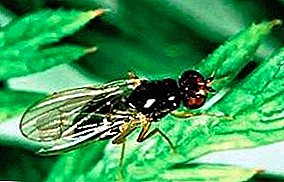
Pests inflict considerable damage to the crop of gardeners.
And many have a question if a carrot fly has started “How to deal with it?”.
To counter them, you need to know their features.
For example, carrots often damage carrot flies.
This pest is quite dangerous, so gardeners should be attentive to their crops. And so the answer to the question "how to deal with carrot fly in the garden?".
The appearance of the insect
Carrot fly - a black insect found everywhere in the European part of Russia. The length of her body is 4.5-5 mm.
The wings of the fly are transparent, and the head and legs are yellow. Years of insect, depending on the region, begins in the second decade of May. As a rule, the beginning of flowering of mountain ash and apple trees serves as a guide.
Fly larvae have a length 6-7 mm. Their body is painted in a light yellow color, it is elongated, with a slightly dulled end.
Next you will see a photo of carrot flies:




Life cycle
An insect hibernates in the soil in the form of a pupa. If suddenly there are roots in the field, the larvae that have survived in them can also successfully overwinter.
When the air temperature is reached + 15-17 ° С flies start. This pest loves the shadow; it is found in damp, shaded places, near water and hedges made from living shrubs. In the open, the fly does less harm.
Emitted insects lay eggs in May: from the 15th day to the end of the month. If the spring is cold, the clutch may occur in early June, when a couple of leaves appear in the carrot. Females lay eggs in the ground near the plants.
Individual insects live for about 12 days. The period of their summer and laying eggs is 1-1.5 months.
Larvae appear on 4-17 day after the eggs have been laid. It depends on the temperature. They feed on plant juices for about 3 weeks, after which they crawl into the soil, where they begin to pupate.
Having poured, insects creep out to the surface. They form the second generation of garden pests. Their years begin in mid-July and end in mid-August..
Females lay eggs in densely growing crops. In the fall, some of the larvae have time to pupate, while others with the crop fall into storage, where they continue to damage it, feeding on the juice of vegetables.
What pest eats?
Larvae that develop from eggs, immediately dig into delicate plants. Most often they rush into the tips of their roots. They gnaw at them moves that acquire an ugly shade of rust. Root crops look unpresentable, become tasteless.
What plants are susceptible to damage?
This insect affects not only carrots. From being able to suffer parsnip and celery, and parsley.
A fly especially loves wet and shaded areas. It is in such places she causes the greatest damage to the crop.
Important: if spring garlic or onions are planted together with carrots, it will help to kill the smell of carrots, which attracts the pest, and preserve the crop.
Signs of infection
 To determine that the roots are affected by this fly, you can on the following grounds:
To determine that the roots are affected by this fly, you can on the following grounds:
- leaves of the plant become purple in color, after which they turn yellow and dry;
- on root vegetables, winding passages are visible, transverse cracks;
- carrot becomes ugly, there are pronounced constriction on it.
If the plant is badly damaged, it may die. Usually, damage to roots is located close to the point of root growth. In the vegetable stores, the larvae crawl from one carrot to another, penetrating into the core. Externally, the damage looks like those that are applied by wireworms.
Methods of struggle and prevention
How to protect carrots from carrot flies? To prevent carrot and other umbrella crops from this fly, the following measures should be taken:
- choose carrot-resistant varieties: these are Vitamin 5, Calgeri F1, Perfection;
- avoid shady areas and wet areas when planting carrots;
- sow culture is not very thick: it applies to dill, celery, parsley;
- process seeds with biologics: trichodermine, as well as azotofit, phytocide-p;
- dig deep beds in the fall, turning layers over so that the insects in the spring could not get to the surface;
- moderately water crops;
- plant carrots on the beds where tomatoes, garlic or onions were previously grown.
 To combat the carrot fly with the noble means include the following:
To combat the carrot fly with the noble means include the following:
- Dusting crops with tobacco dust, black or red pepper, dry mustard.
- Infusion of wormwood: for its preparation, a 10-liter bucket is filled with fresh wormwood and the grass is poured with boiling water. After cooling, the infusion is divided into 3 parts and diluted with every 8 liters of water. The resultant means is watering the beds, and the wormwood remaining after filtering the infusion is laid out between them.
- Tomato infusion: 4 kg of tops are poured with 10 liters of water and boil for about 5 hours. Filter the broth, add 50 ml of soap to it in liquid form, dilute with 3 parts of water and spray the beds with it.
To achieve excellent results, crops should be processed monthly. Compliance with all the rules will tell you how to get rid of carrot flies in the garden. Simple and completely safe ways of dealing with the fly will allow you to get an excellent harvest and save it throughout the long winter.
In conclusion we offer you a video about the selection of carrot fly resistant carrots:


